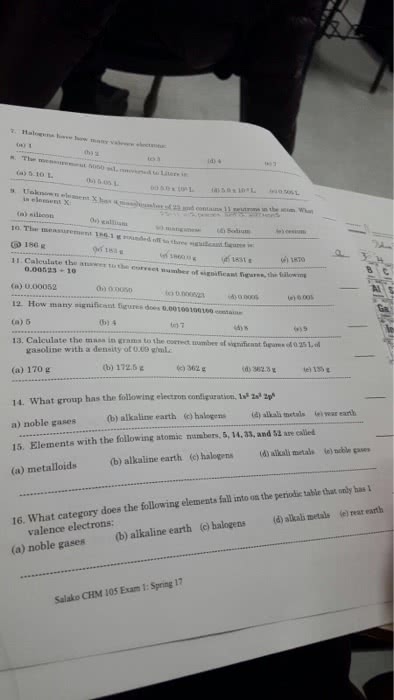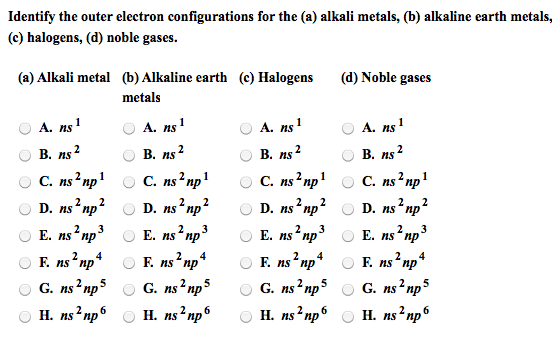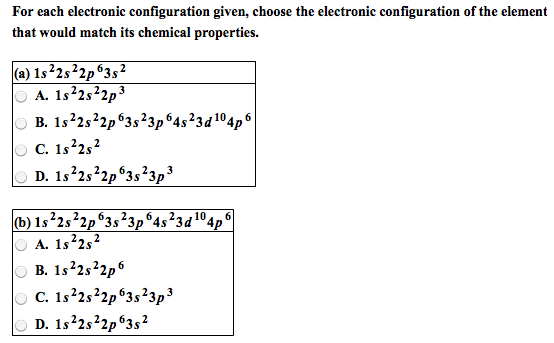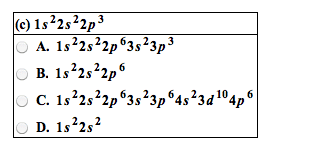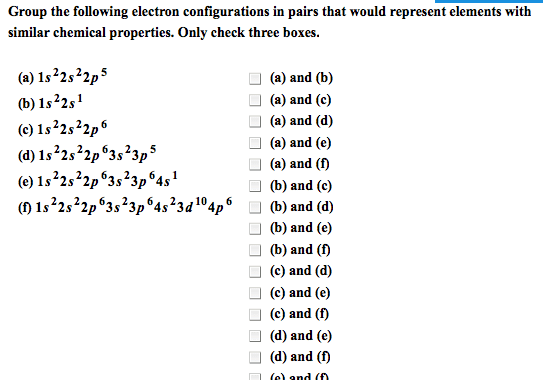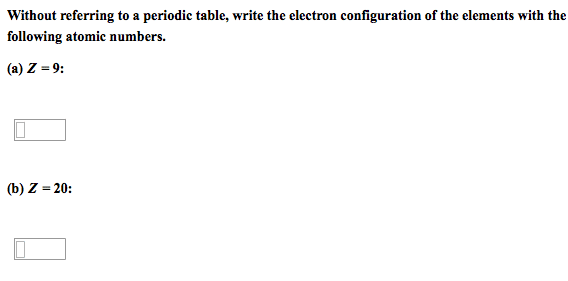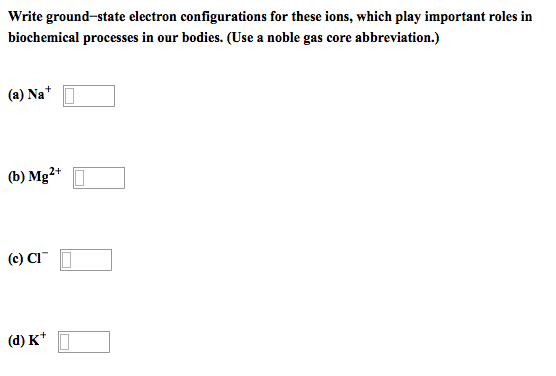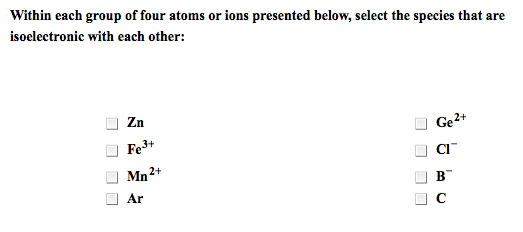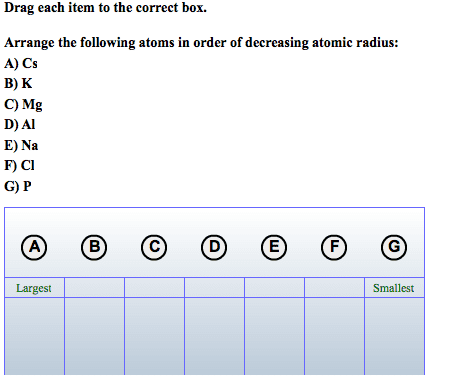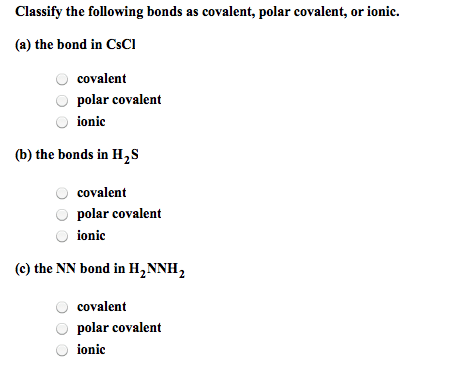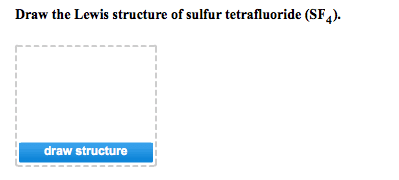CHEM 1127Q Chapter Notes - Chapter 2.5-7: Oxyanion, Polyatomic Ion, Periodic Trends

44
CHEM 1127Q Full Course Notes
Verified Note
44 documents
Document Summary
Periodic law: the properties of the elements are periodic functions of their atomic numbers. Period table: arranges elements in increasing order of their atomic numbers and groups atoms with similar properties in the same vertical column. Metals: elements that are shiny, malleable and good conductors of heat and electricity. Non-metals: elements that appear dull and are poor conductors. Metalloids: conduct heat and electricity and possess properties of both metals and non-metals. Inner transition metals: 2 rows at bottom of table. In ordinary chemical reactions the nucleus remains unchanged. During formation of some compounds atoms gain or lose electrons to form ions. Monatomic ions: ions formed from only one atom. Polyatomic ions: a group of bonded atoms with a charge. Ionic bonds: when electrons are transferred and ions form from electrostatic forces of attraction. Covalent bonds: electrons are shared and molecules form. Ionic compounds: a metal reacts with a nonmetal a transfer of electrons occurs producing ions.


